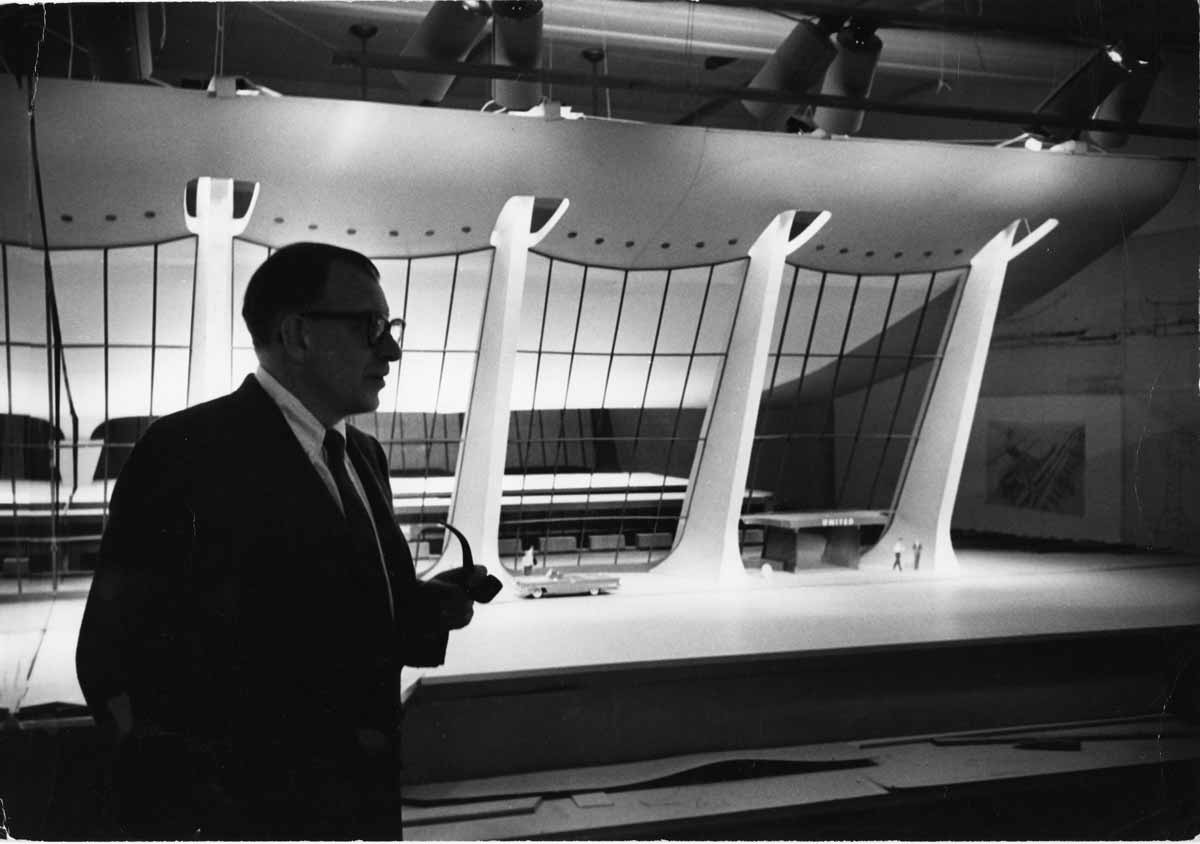

I was sitting by the lake at the GM Tech Center one day and it got me. Nonetheless, catharsis didn't come instantly. I promised myself I would do him proud, in effect doing commercials for his work - selling it." "I realized here was a chance to shoot my father's stuff. "Peter made the argument that if somebody else did it, they'd screw it up," he said. "Peter Rosen approached me," Eric said, "but I said no, explaining that I hated my father." Over the course of the next year, however, Rosen kept pushing, and Eric found himself regarding the idea with new eyes. Louis' Gateway Arch, the General Motors Technical Center in Warren, and the futuristic, Jetsons-like TWA Terminal at Kennedy Airport.įilmed in high definition and employing drones for aerial shots, the film manages to be breathtaking and moving at the same time - no small feat in the world of architectural documentary.īut when Eric was first contacted, he wanted nothing to do with the project. The Eero documentary, produced and directed by Peter Rosen for the public network's "American Masters" series, wove Eric's personal story into a tour of his father's most-important buildings, including St. "He once said he’d like to have a place in architectural history, however, and that was the one thing I could give him."

"The only thing I really couldn't do for my father was make him happy," Eric said. With the film, Eric - despite his resentments - hoped to lodge his father in the canon. Even when I started the Eero film 10 years ago, it was still pretty quiet." "Eero went quiet for a long time," said Ziegelman, a principal at Luckenbach Ziegelman Gardner Architects who ended up being associate producer on the film, "when nobody talked about him.


It also suffered from the disdain of International Style architects, who deplored the fact that his buildings all looked different, with no unifying aesthetic tying them altogether. "The Architect Who Saw the Future" went a long way toward establishing, once and for all, Eero Saarinen's place in American architecture.īirmingham architect Robert Ziegelman started his career working in Eero's Bloomfield Hills office, and was the individual who decided his former boss deserved documentation, and pushed hard to make it happen.Įero's reputation had suffered in part from his untimely death from a brain tumor, before most of his designs were ever built. Now Eric's moved from Los Angeles to Bloomfield Hills, to produce a similar film about his grandfather Eliel, creator of Cranbrook - another step in an unlikely story of family reconnection late in life. At a stroke, it purged the gall that had plagued him for decades. But unexpectedly, Eric - a filmmaker and director of commercials by trade - got pulled into shooting a PBS documentary about his father, the 2016 "Eero Saarinen: The Architect Who Saw the Future," and the experience changed his life.


 0 kommentar(er)
0 kommentar(er)
